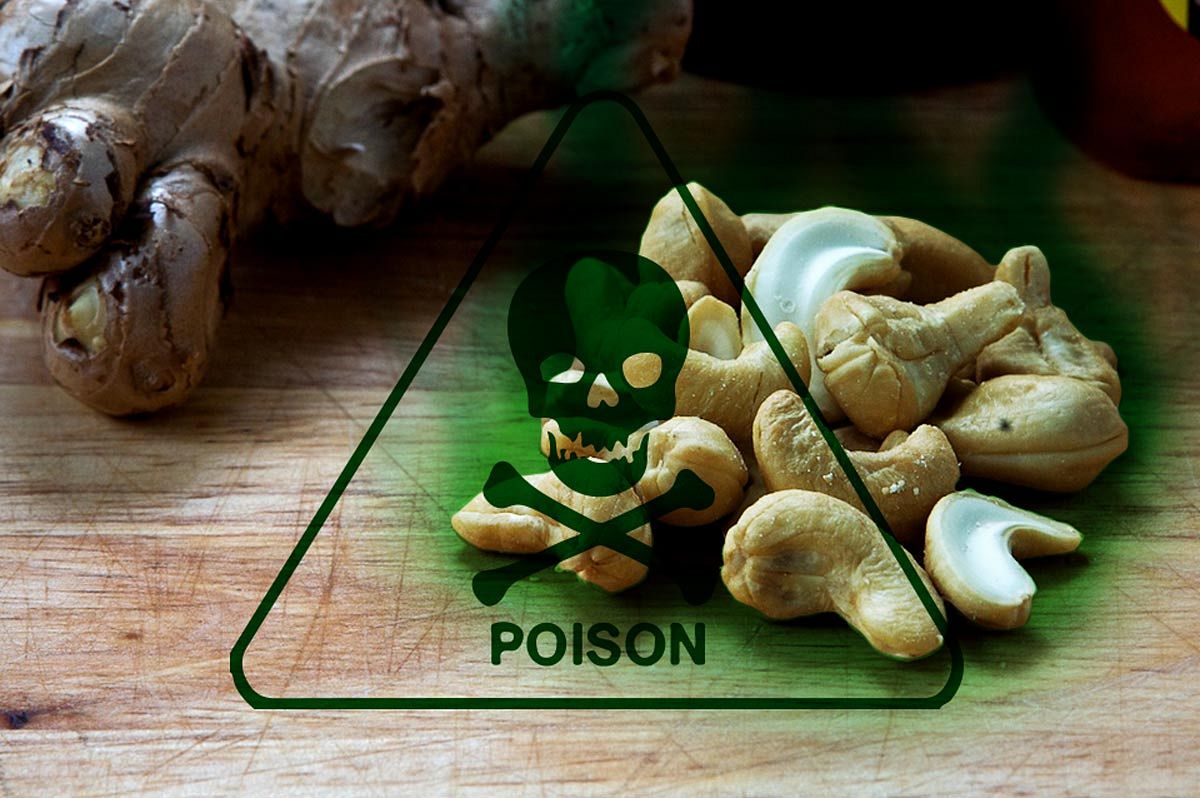From duck fetus to pork intestines, food is nothing short of an adventure in Vietnam. But if you're not careful, it can be more of an adventure than you bargained for, depending on what and where you eat.
Related Articles:
- Cambodians Are Cooking Iron Fish To Combat Anemia
- Pork Guts As Donuts, A Delicious Breakfast
- [Photos] 15 Strange Snacks From Around Asia (But Mostly Japan)
If Mr. Gamez's list of The World’s 17 Most Dangerous Foods is any indication, you can definitely run into some hazardous grub out here. While some of these may be found elsewhere in the world, too, diners can come across all of the following foods in Vietnam.
Take sò huyết, or blood clams, for instance: these tasty bite-sized snacks are a common fixture at ốc restaurants across Vietnam. However, if they're not boiled well enough, sò huyết can contain viruses and bacteria which lead to hepatitis A, typhoid and dysentery. In fact, around 15% of people who eat sò huyết get infected.
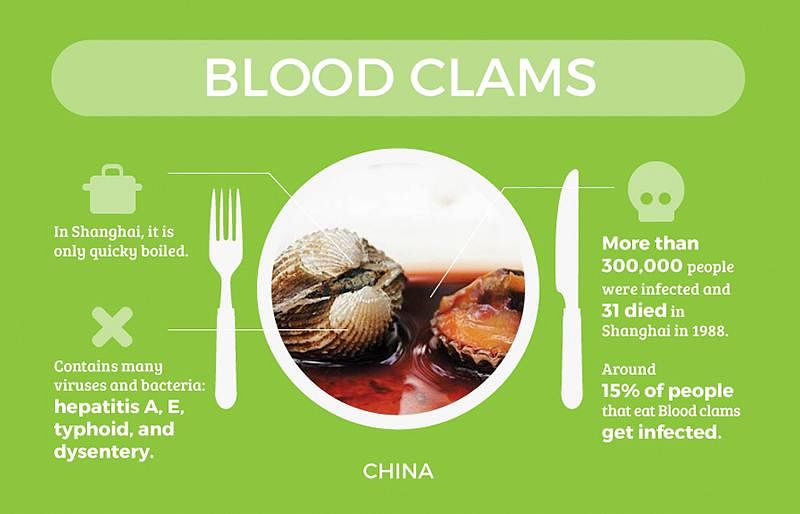
Khoai mì, or cassava, too, makes for a hazardous meal: in the Mekong Delta, this starchy staple is boiled, but when eaten raw, cassava contains a chemical which turns to cyanide.
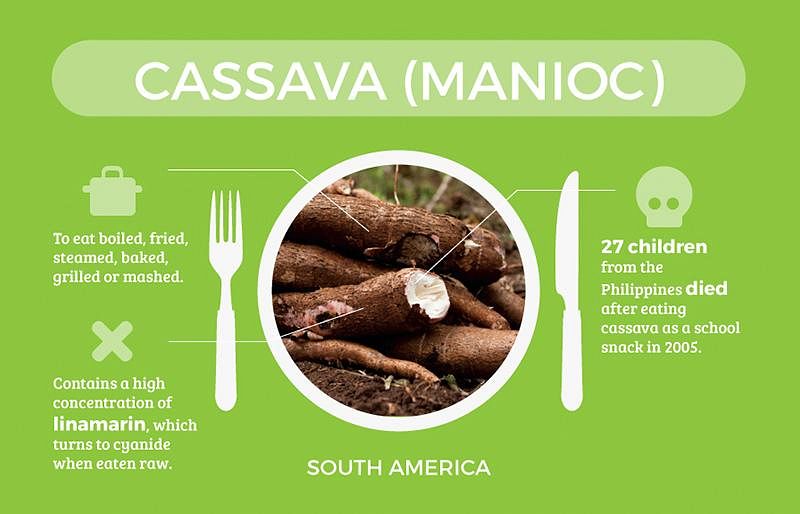
There are a few other local delicacies which you might expect to veer into dangerous territory. Eating monkey brains, for example, can lead to an illness called Variant Creutzfeldt-Jakob disease, which will apparently “turn your brain into goo and cause death”. Pufferfish, too, is a risky meal: between 1996 and 2006, up to 44 fatal accidents were reported.
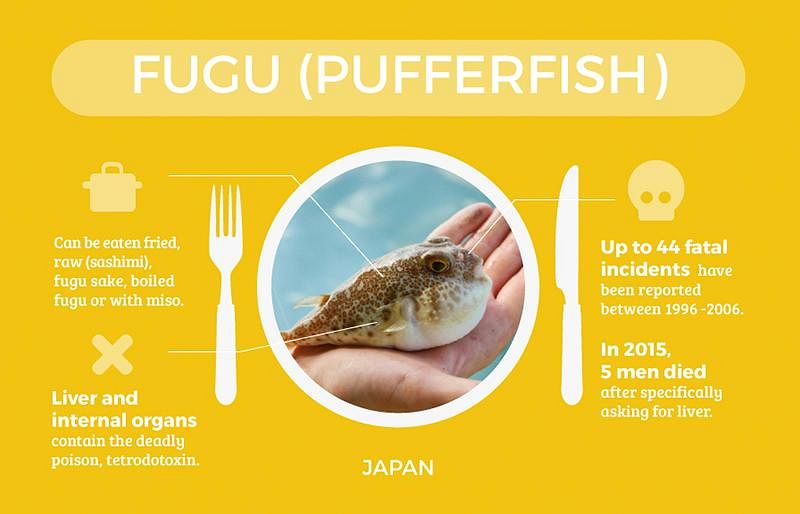
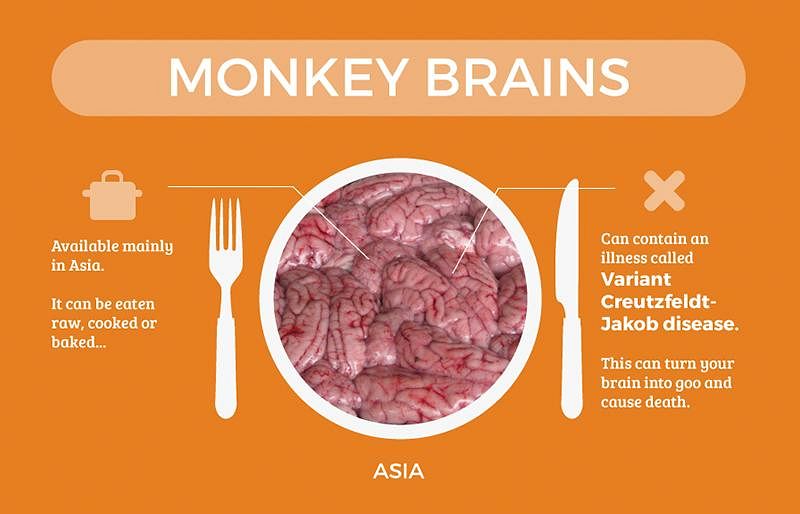
But the more surprising deadly foods are the ones you'd never expect. Like starfruit: in addition to being tart and delicious, the fruit's juice is also riddled with neurotoxins. For people with healthy kidneys, this is no problem, as your body can filter out the toxic stuff, but if you've got kidney troubles, all it takes is 100mL of the stuff to take you out.
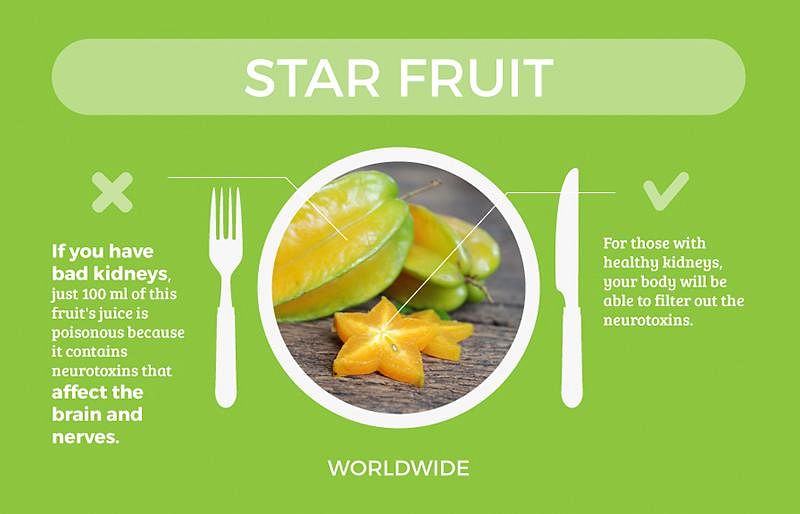
And cashews? More like death nuts. While the ones you find at your local supermarket are steamed first, raw cashews contain a chemical called urushiol, which is also found in poison ivy and can be fatal if consumed in large quantities.
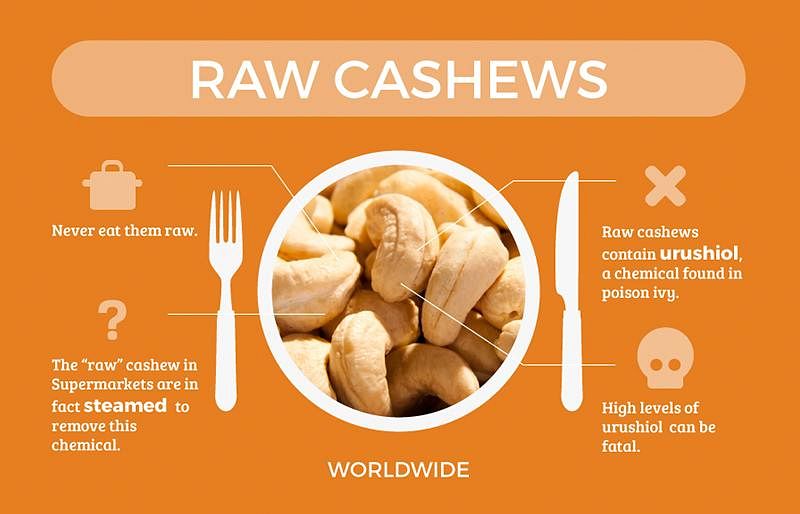
Suddenly, duck fetus and pork intestines don't seem so bad...

